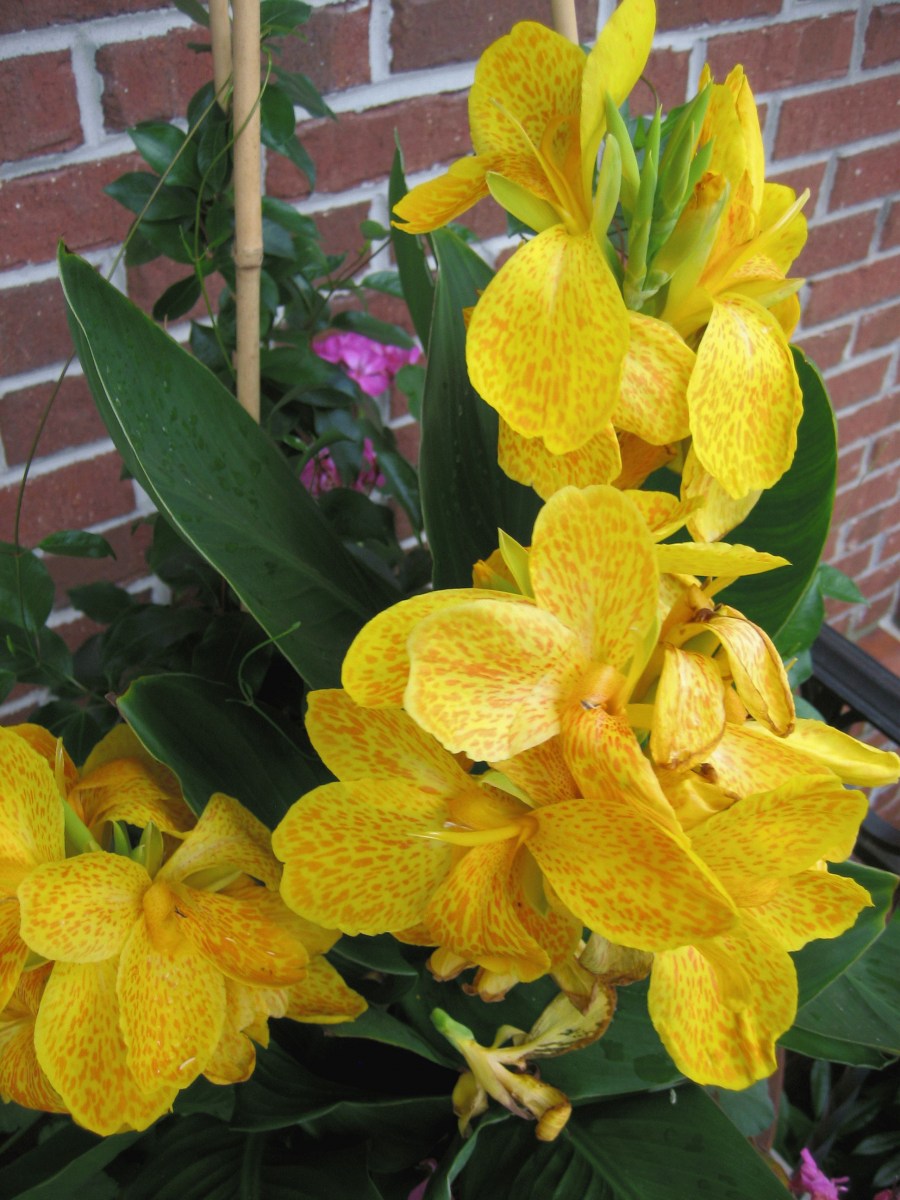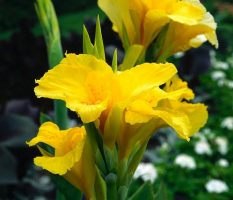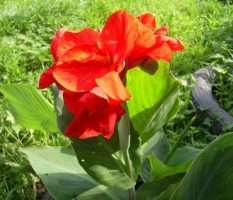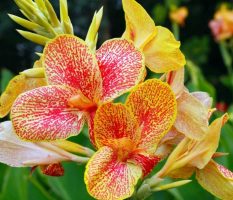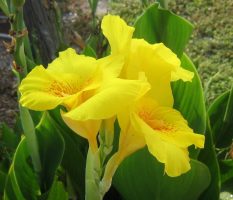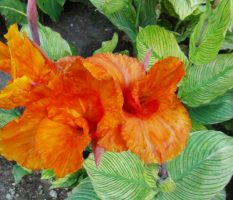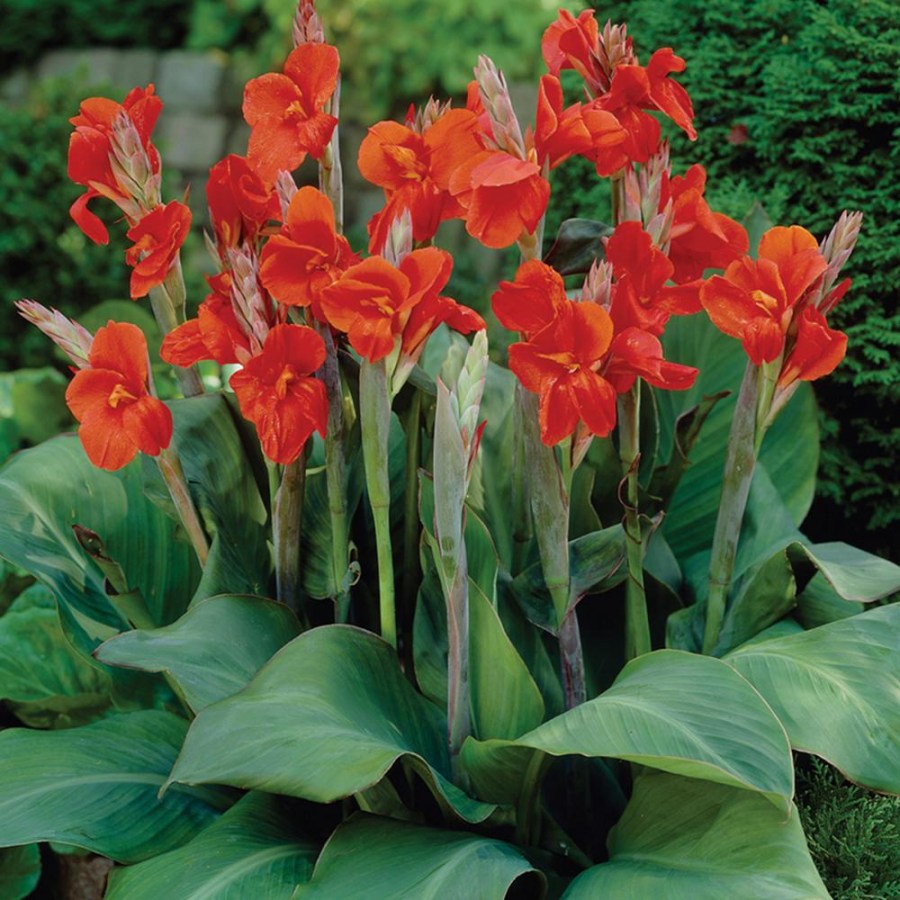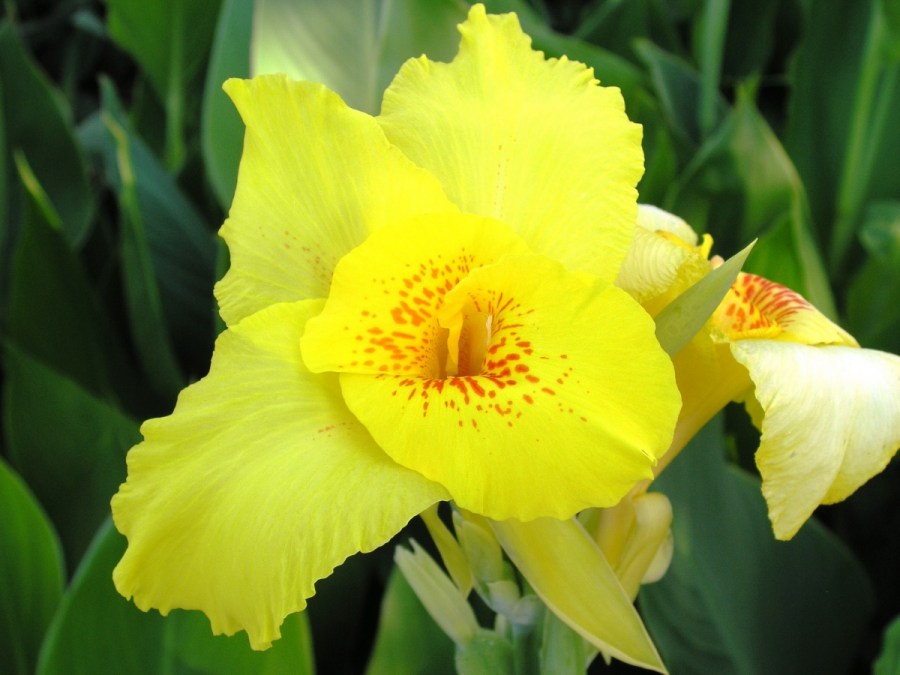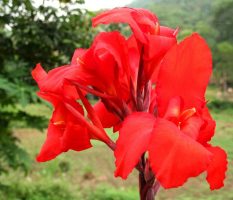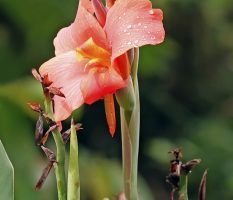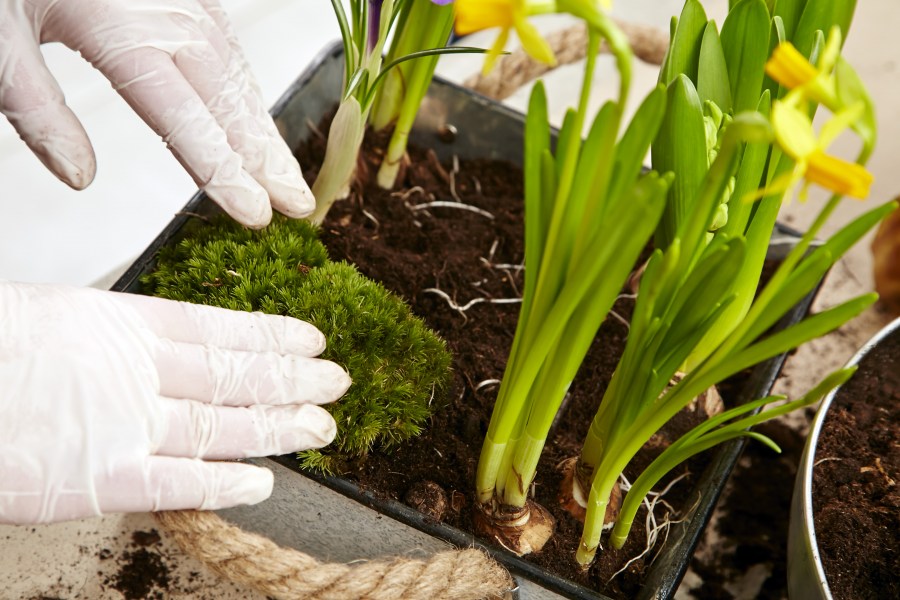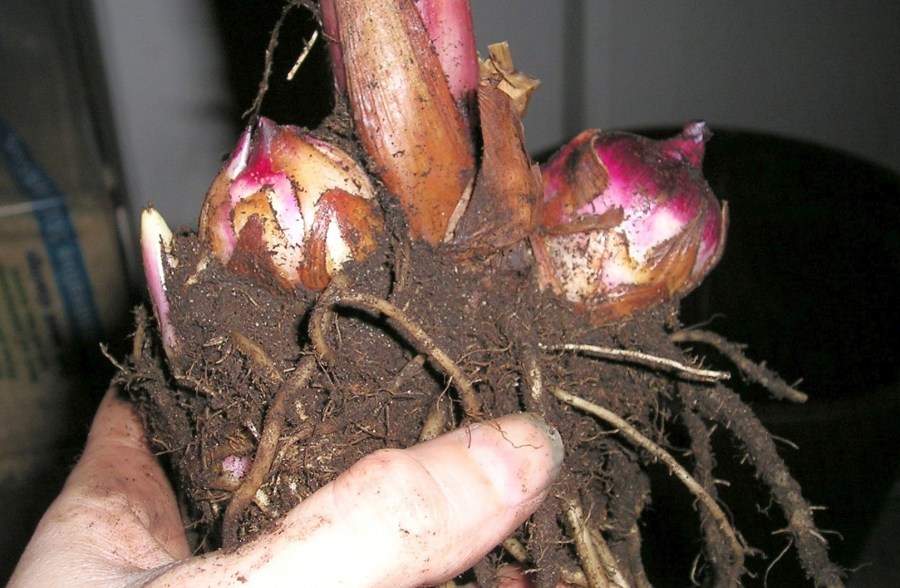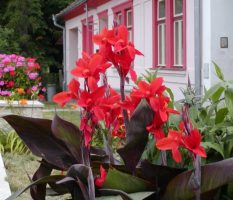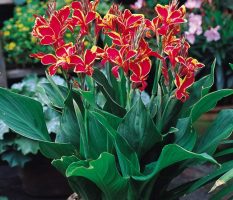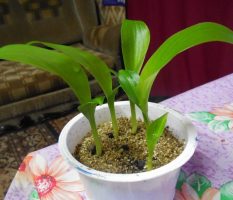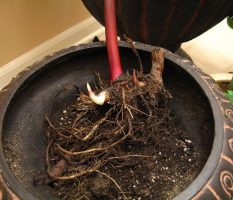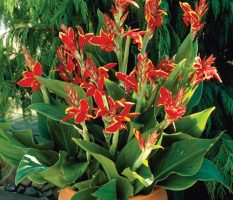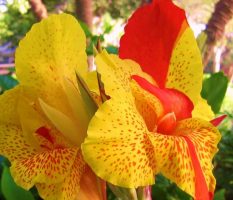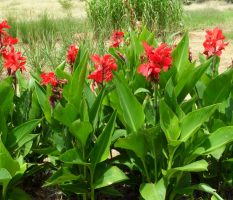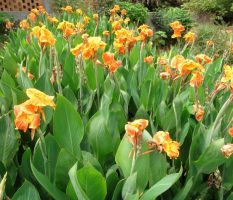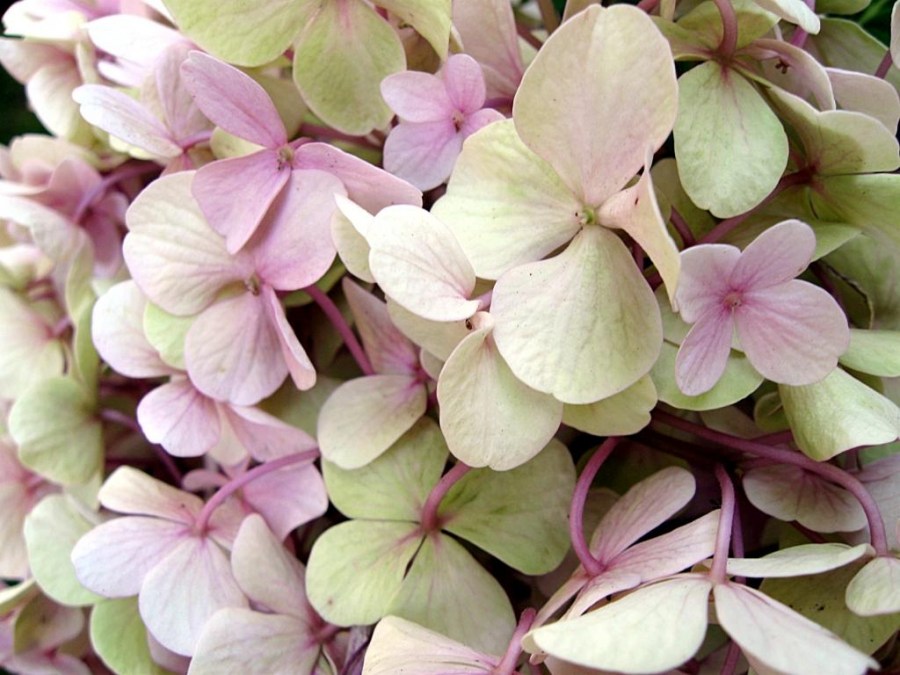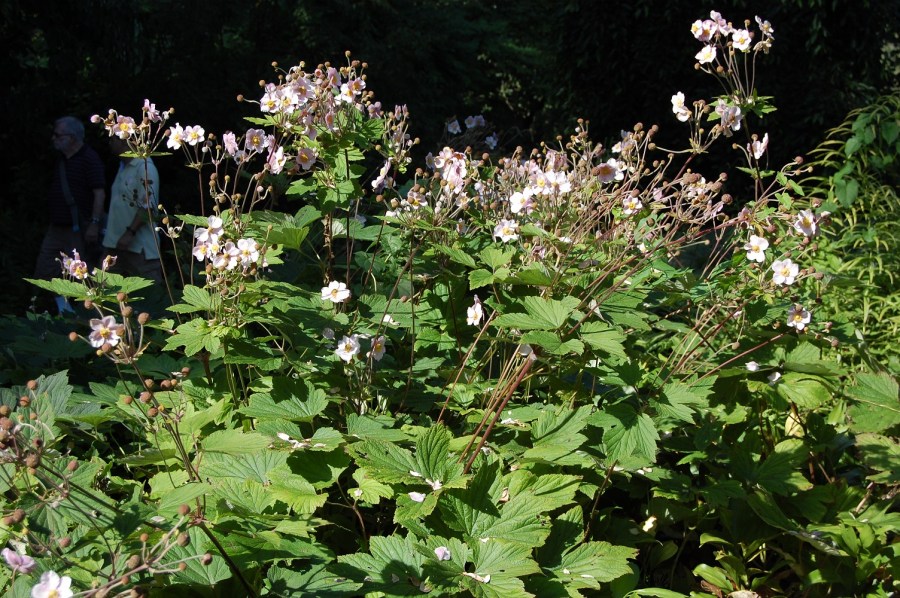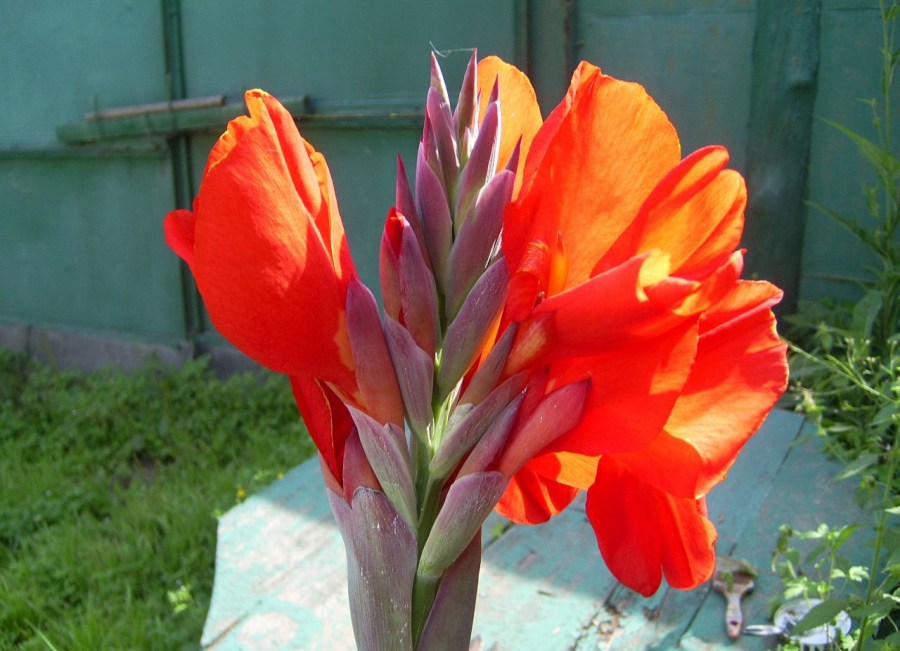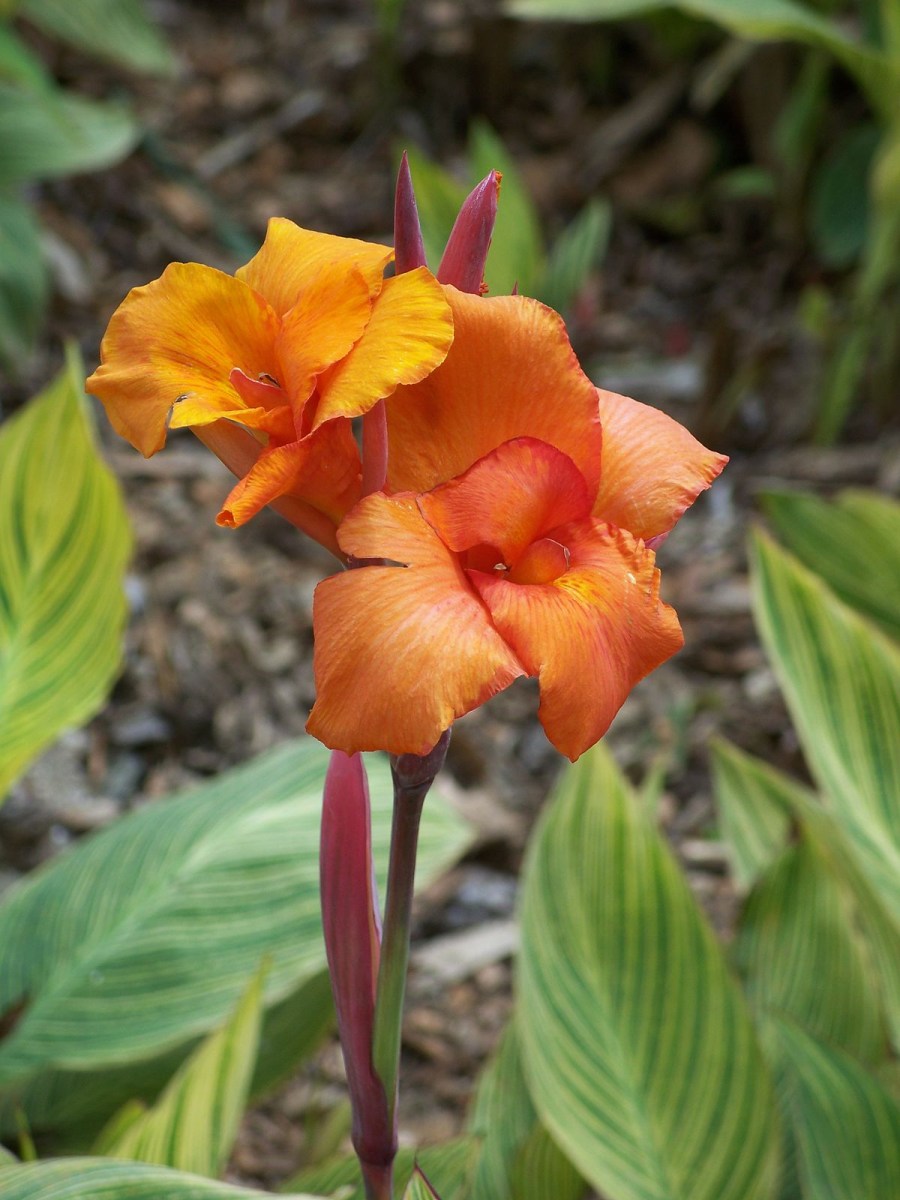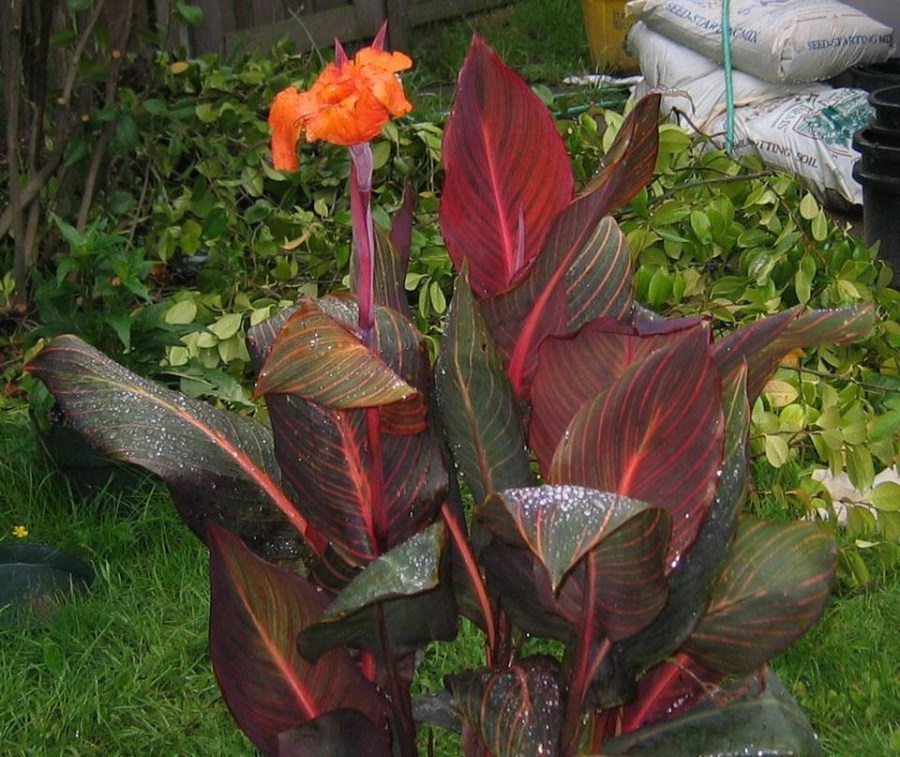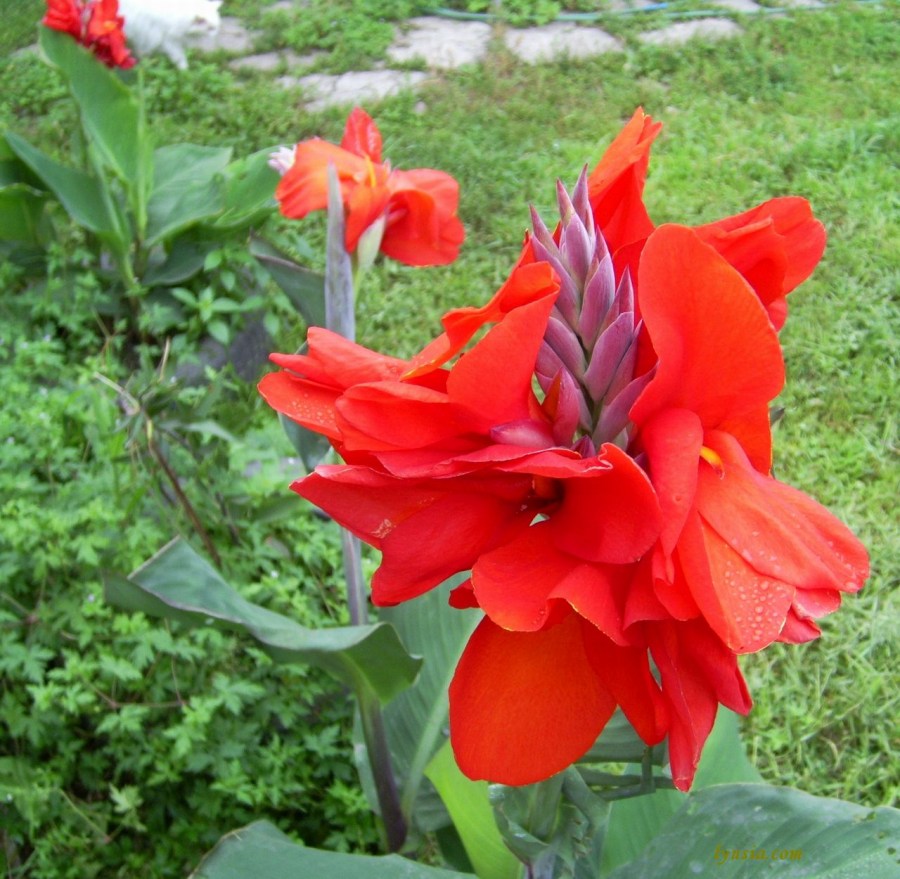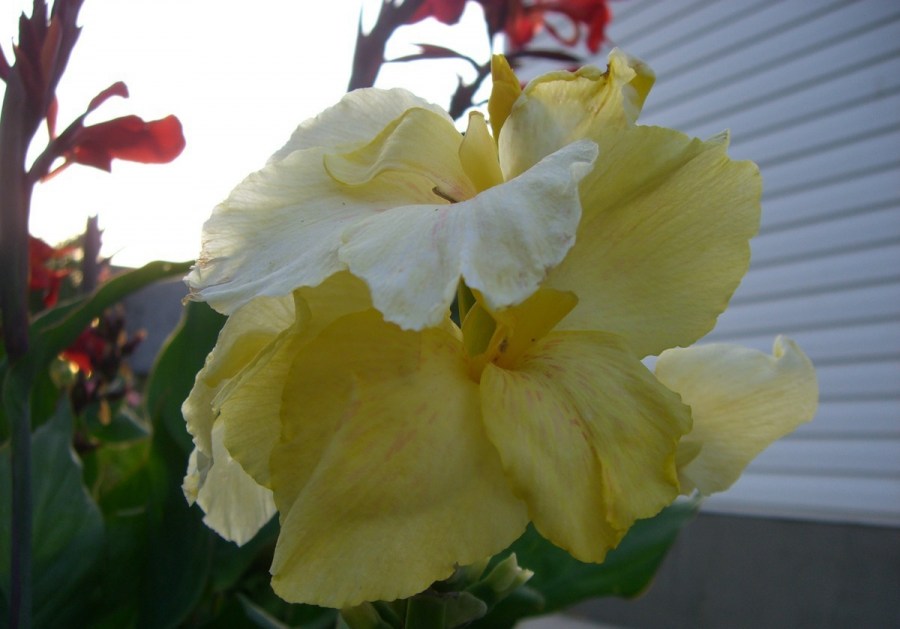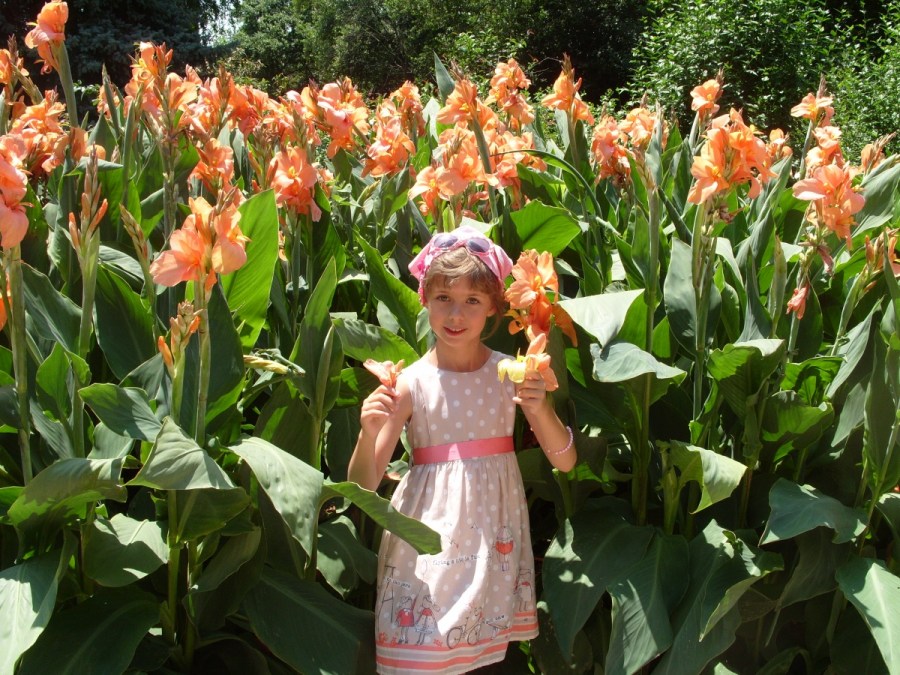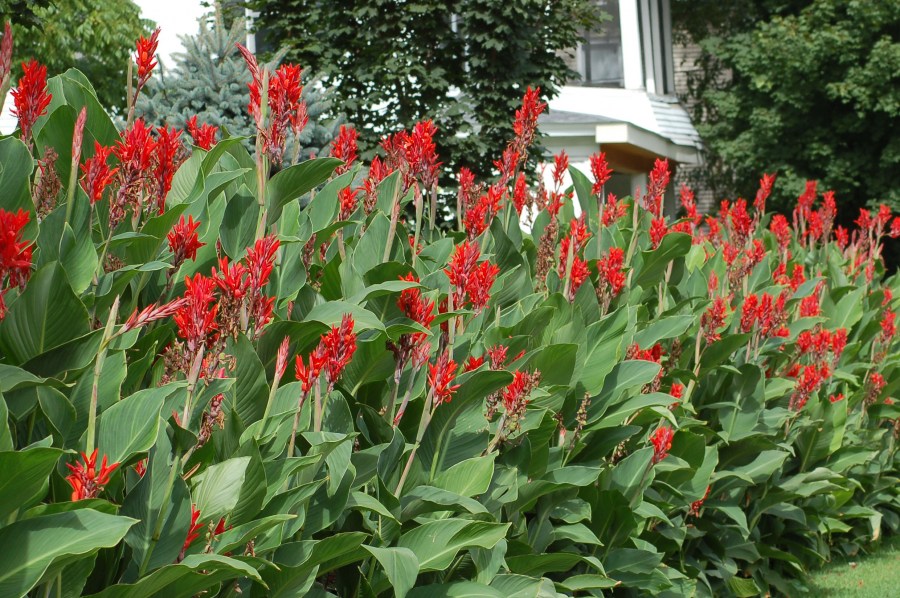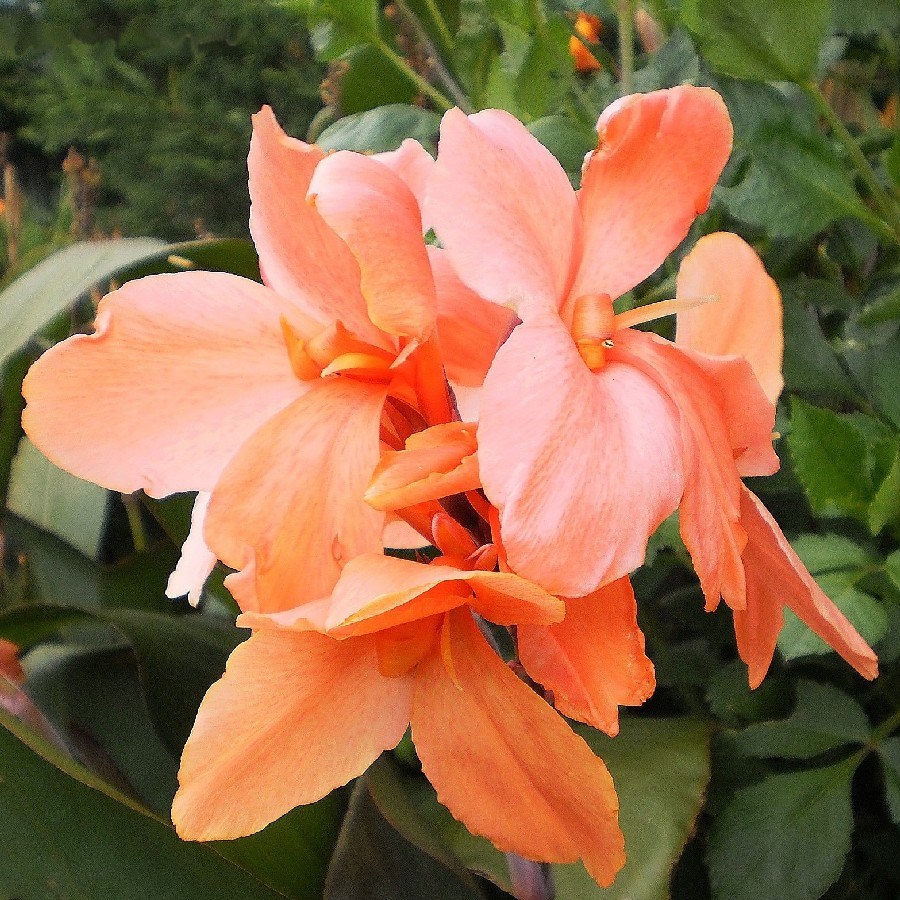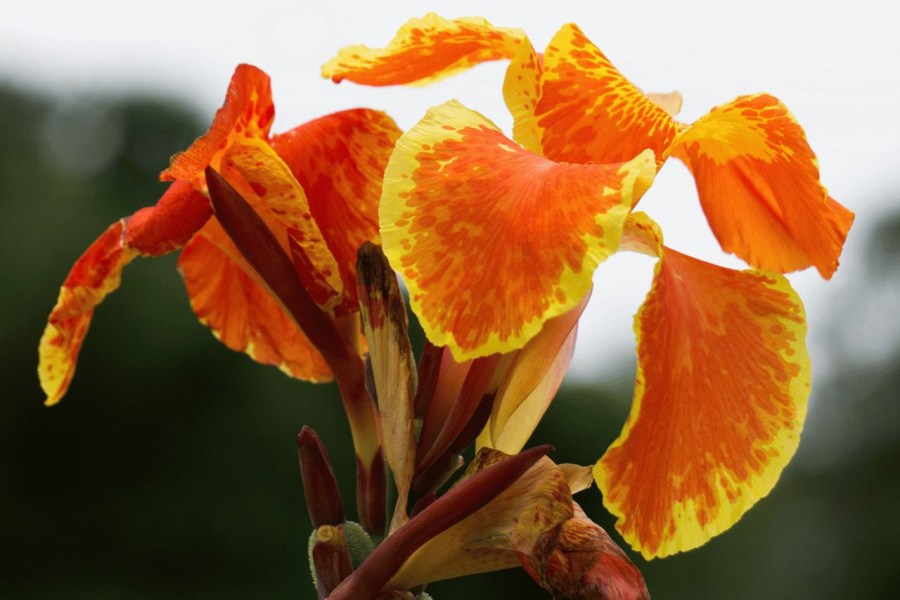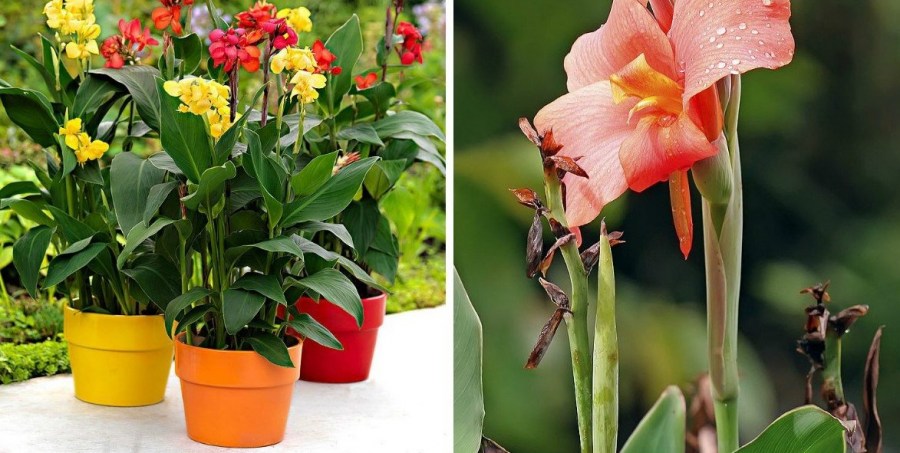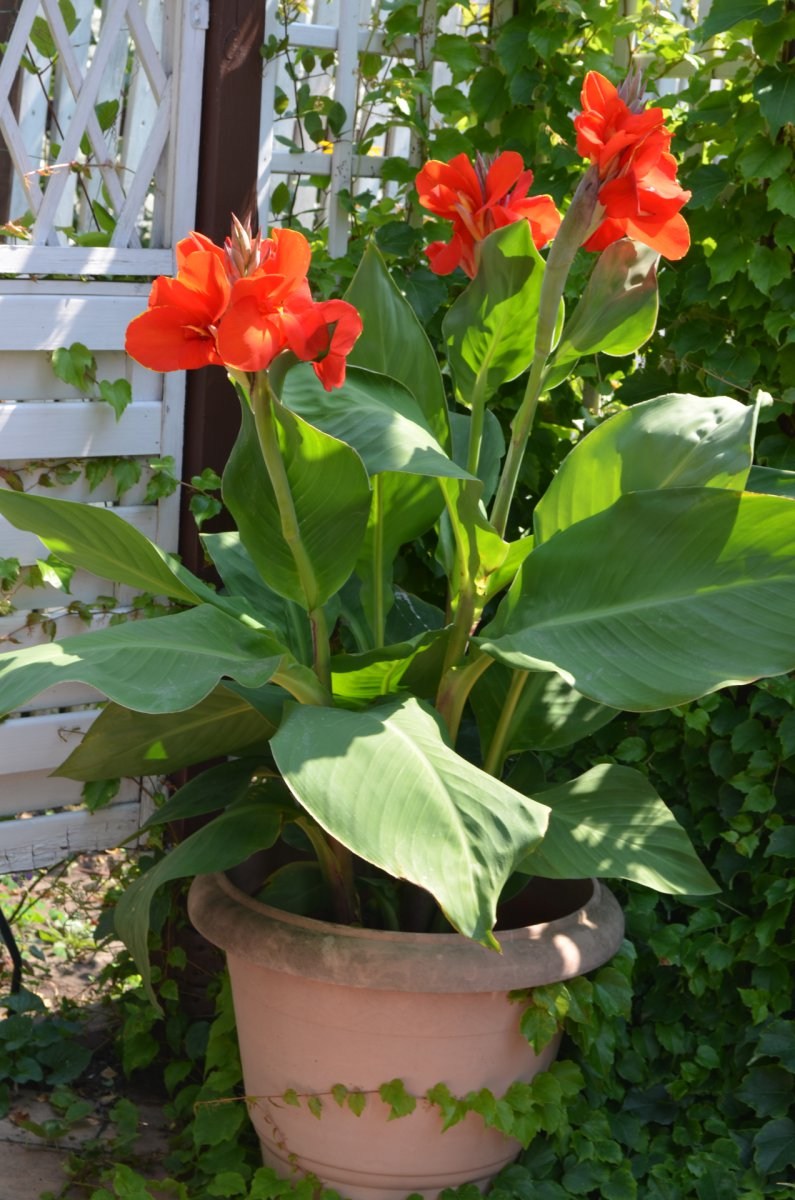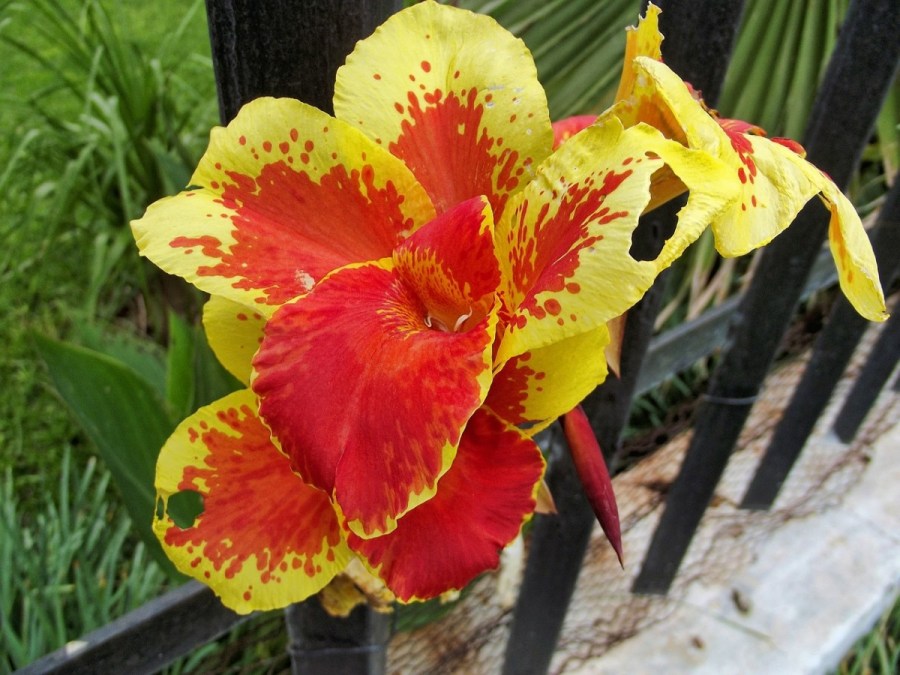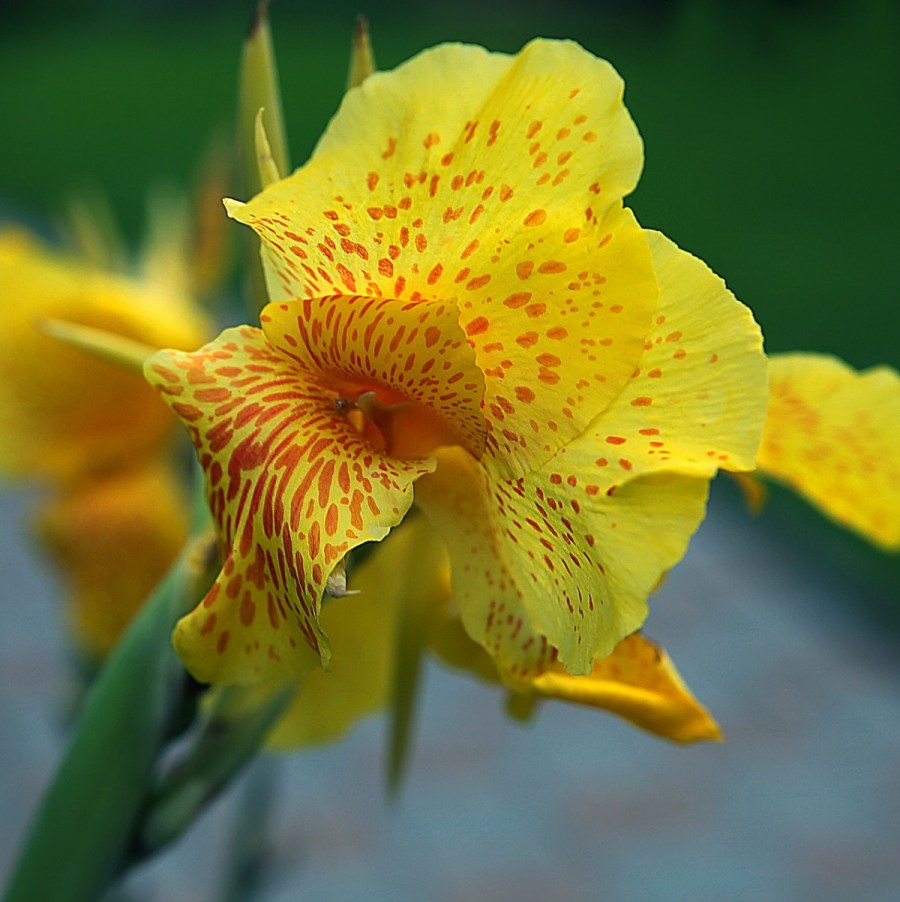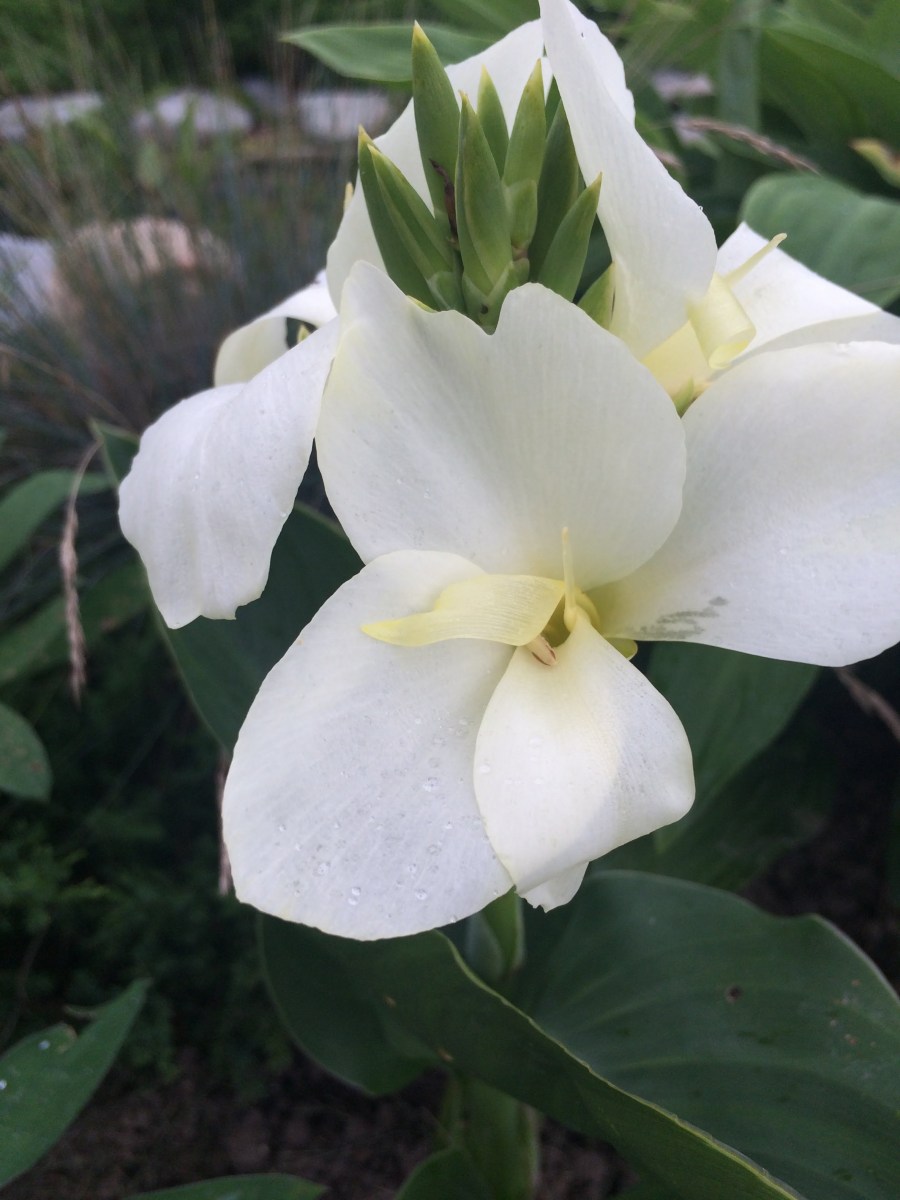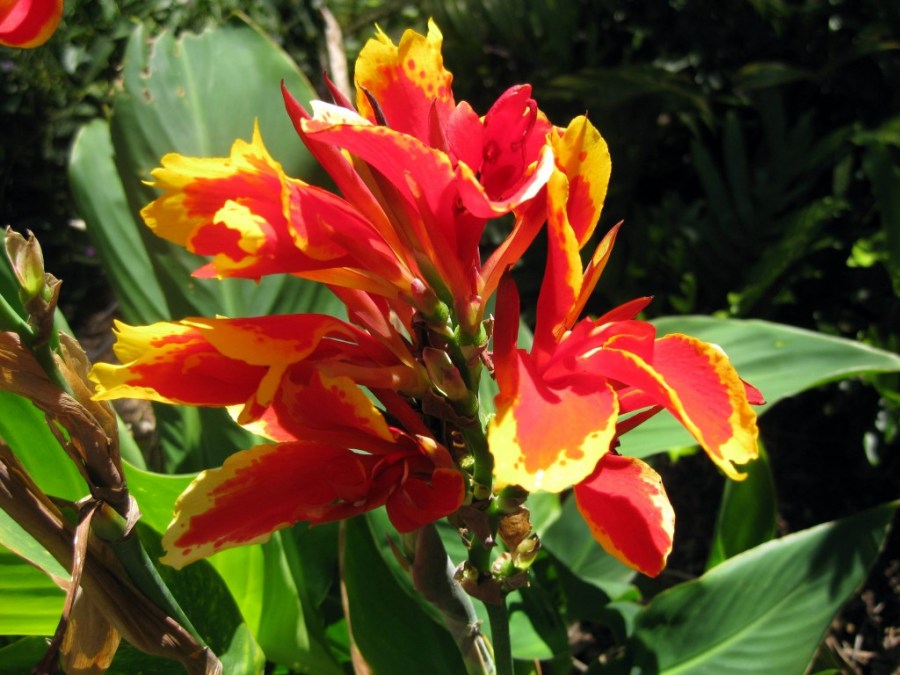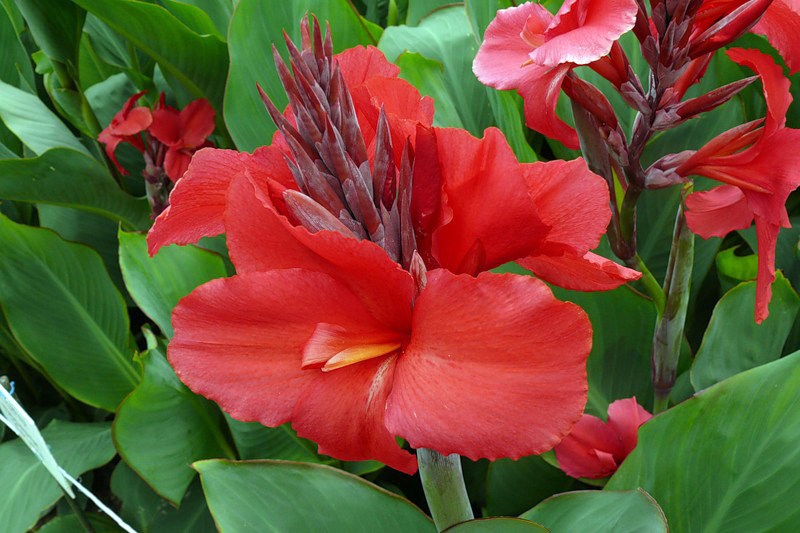Canna flower: planting, growing and care on the site. 100 photos of beautiful flowers
Cannes originate from a monotypic family, and the number of their species has exceeded 50. Herb plants in the wild can be found in India, China, as well as in Latin America. Cannes began to be processed only in the 17th century, despite the fact that import into Europe began much earlier. The plant is considered very beautiful with bright petals of dark purple, green, bronze and a long tube.
The negative characteristics include only poor tolerance to severe Russian winters and the lack of a pleasant fragrance. Otherwise, the flower is perfect for staying at home.
The plant practically does not get sick, is resistant to drought and blooms almost all year round. A great option for beginner gardeners.
The shape of the leaves is oblong and can reach a length of up to 90 cm. The color of the leaves is amazing, so the flower is beautiful, even when it does not bloom. Leaves are golden, crimson, pink, and the rarest type is white.
Varieties Cannes
Asian The common ancestor of all modern species of Cannes is precisely the South Asian canna. She was given the name of the garden cannon, due to home types bred as a result of the long work of breeders. As a result of the selection, three hybrids were bred.
Kanna Crozi is a plant in appearance resembling gladiolus. The species is notable for its short stature, its average length is 100 cm. The flower petals have a beautiful purple or dark shade of green with a white bloom.
The initial Crozie hybrid was obtained back in 1868 and after, its many varieties were formed. The best of them: Livadia, America and the President.
Orchid Cannes
They are considered a tall class, their length varies from 0.5 to 2 meters. Large leaves have wavy edges. Leaves of a light green shade, or purple shades. Some varieties should be highlighted:
- Andenken en Pfitzer from orange and purple succulent inflorescences, blooms since mid-summer
- Superstitions are lemon, low flowers (up to a meter), bloom from mid-June
- Richard Wallace flowers are characterized by red dots with a yellowish tint
Deciduous Cannes
The highest plants of Kanna reach a height of 3 meters. They have very picturesque leaves of various shades, but the flowers are small, only 6 cm.
The most popular Durban variety is a flower with yellow and orange shades and beautiful leaves that will become a real gem of any garden. Choose a plant to your liking, and numerous photos of Canna on the Internet will help make the right choice.
Garden cultivation
Before planting the canna seeds must be prepared. Because of their hard shell, you must first soften them. It is better to do this in a thermos with warm water for no more than 4 hours. You can simply put it on a hot battery for 10 hours.
The seed planting season is in the months of January and February. The temperature of the earth is about 23 degrees, the terrain should be loosened. After 4 weeks, the first shoots appear, and as soon as 4-5 leaves sprout, transplant the greens into separate pots.
Most of them will bloom only next year. Germination should take place at a temperature of at least 20 degrees. For healthy growth, water the plant once a quarter with a solution of potassium permanganate.
When choosing a good place to plant Cannes, consider the following flower features:
- plant likes sunny places without drafts
- fertile, rich in organic matter soil (humus, sand, peat and leafy soil)
- good drainage is the key to the health of your plant
Cannes transplant in May
When the frost has already receded, the time has come to plant the plant in open soil. For maximum flower growth, arrange a hot base on the bottom of a dug pit for planting. This can be a cover of manure, which will warm the plant and help grow faster.
The manure must be properly moistened and then put the flower in the pit, digging it. If the bulb has not yet sprouted, it is better not to dig the plant deeply, 9 centimeters is enough.
Garden cannon care
After planting and the beginning of flowering, Cannes need to conduct constant care for the flowers. When the most activity occurs, it is necessary to fertilize the plant with minerals three times and constantly plow the soil. Constant, but moderate watering of the plants until the first shoots break through.
When the plant blooms, it is necessary to water it more, but the main thing is not to overdo it, plentiful humidity can lead to the death of the plant.
Use insecticides to get rid of insects. Dry branches must be cut in a timely manner, and weeds removed. At the end of the growing season, it is necessary to thoroughly loosen the ground to protect the roots from freezing.
Homemade canna
The home flower of Kanna successfully exists in the role of a pot plant. Small species of plants that will fit in your apartment become the heart of the ornamental garden of many flowers.
Ten months out of twelve Kanna will delight with its beautiful flowers and petals. And only two months she needs peace. It is recommended to store the flower in a larger pot so that the roots can grow unhindered.
Home Care
Everything is much simpler here than with a garden plant. No battles with weeds, spraying and there is no need to feed. Just place the flower near the window on the sunny side, pour it with boiled or filtered water and periodically wipe the leaves with a damp sponge.
Canna after flowering
If you notice that your flower has stopped blooming, it means that it needs rest and watering must be significantly reduced. Cut all the leaves on top and place the branches themselves in a cold place, with a temperature of 10-12 degrees.
In spring, dig up the rhizome and transplant the plant, after dividing the plots. If you do not have a heated balcony, then this would be an ideal option for a cannon. You can leave the pot at home or transplant into the garden.
After flowering, garden cannons need to be high up to protect the roots from freezing. Watering should be reduced and gradually completely stopped. Immediately after the onset of frost, the leaves must be cut at a height, otherwise the plant may rot.
Canna in winter
By mid-autumn, you need to carefully dig a plant from the ground and transplant it to where it will be stored in the cold season. It is recommended that you choose a slightly warm room with moderate humidity and dim lighting.
Rhizomes are stored together with sawdust and sand, you can add peat. The air temperature should be 7-8 degrees. Inspect the rhizomes at least once a week for rot. Remove the damaged part immediately to a healthy stem.
Strong temperature changes can adversely affect plant health, keep this in mind. In extreme cases, Cannes can be left in the refrigerator until the end of winter. The tubers are washed, dried and stacked in a compartment for storing vegetables, checking for rot. Some are stored in a bank or in a bucket on the loggia, and with the onset of severe cold they put a bucket next to the balcony door.
It can be stored in the ground, but subject to temperature conditions. Soil needs to be moistened 3 times a month. If the winters are mild, you can store Cannes directly on the site in a place protected from water and wind. Just sprinkle the tubers with a large layer of sawdust.
Photo of canna flower
House for children - 70 photos of applications in landscape design
DIY waterfall: detailed step-by-step instructions for building (100 photos)
Planter for the garden: 70 photos of original ideas using different materials
How to remove a stump with your own hands? Simple instructions with photos and tips
Join the discussion:

